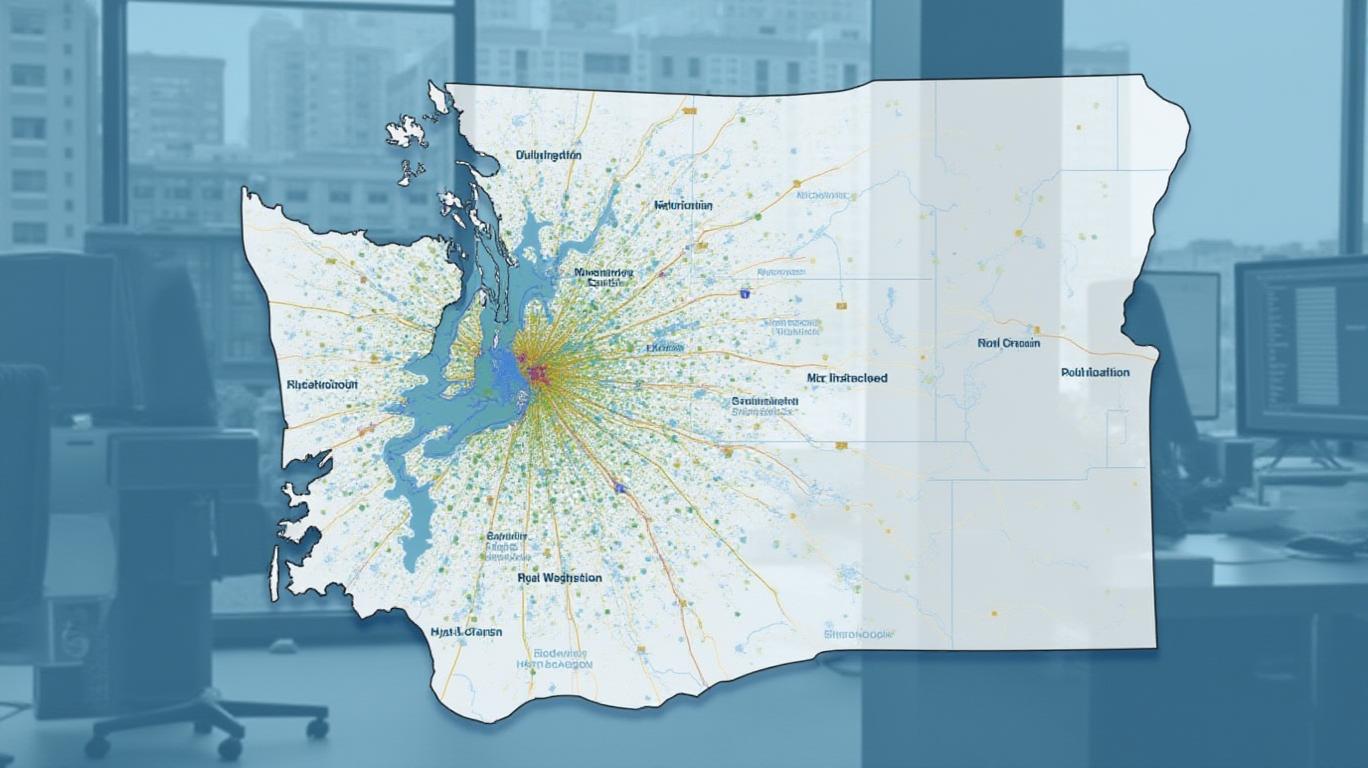Riverview Bancorp (RVSB): Navigating a Storm of Risks in a Volatile Banking Landscape
The banking sector’s resilience is being tested by a cocktail of macroeconomic, operational, and structural challenges. Riverview Bancorp (RVSB), a regional player with operations in the Pacific Northwest, faces a convergence of risks that could undermine its financial performance. Let’s dissect the warning signs.
Interest Rate Volatility: A Double-Edged Sword
Riverview’s net interest margin (NIM) improved to 2.65% in Q4 2025, a 33-basis-point jump from a year earlier, driven by the Federal Reserve’s rate cuts in late 2024. However, this gain masks deeper vulnerabilities. The NIM declined by 5 basis points from Q3 2025, signaling sensitivity to shifting rate environments.
Ask Aime: How's RVSB performing in the face of interest rate volatility?
The bank’s loan portfolio faces repricing headwinds. A total of $76.6 million in loans maturing in 2026 will reset at an average rate of 4.65%, far below current originations at 7.16%. By 2028, repricing loans drop to 5.42%, with post-2028 loans at 6.09%. This trajectory suggests margin compression unless new loan growth offsets declines—a risky bet in a slowing economy.
Credit Quality: A Fragile Frontline
While non-performing assets (NPAs) remain low at 0.01% of total assets, classified assets—a proxy for deteriorating credit—surged to $2.9 million in Q4 2025, up from $226,000 just a quarter earlier. Two problem loans totaling $2.7 million highlight emerging stress points.
The allowance for credit losses sits at $15.4 million, or 1.45% of total loans. This buffer appears adequate today, but the rise in classified assets signals potential provisioning needs if borrowers falter. Meanwhile, criticized assets grew to $48.5 million, a 32% increase from Q4 2024, suggesting broader underwriting scrutiny is needed.
Liquidity and Deposit Management: A Tightrope Act
Riverview holds $471.3 million in available liquidity, including borrowing capacity from the Federal Reserve and FHLB. Yet 23.4% of deposits are uninsured—a vulnerability in volatile markets. A sudden outflow here could force the bank to tap costly short-term borrowings, such as FHLB advances, which already total $76.4 million.

Operational Costs: A Drag on Efficiency
Non-interest expenses rose to $11.4 million in Q4 2025, driven by higher salaries and consulting fees. The efficiency ratio worsened to 88.7%, reflecting poor cost control relative to revenue. For context, peer averages typically hover around 60–70%. Without meaningful cost discipline, margins will continue to erode.
Geographic and Concentration Risks
Riverview’s loan portfolio is heavily weighted toward commercial real estate, with $110.9 million in office building loans. A staggering 18.5% of these are concentrated in Portland’s core markets, exposing the bank to regional economic shocks. If housing demand weakens or office vacancies rise—a plausible scenario in a slowing economy—the fallout could be severe.
Regulatory and Macroeconomic Crosscurrents
The bank maintains “well capitalized” status, with a 16.27% risk-based capital ratio. However, tangible common equity to assets stands at 8.93%, below peer averages. Regulatory uncertainty looms, too: the transition from LIBOR, potential legislative changes, and lingering litigation risks (a $2.3 million charge in 2024) add to the burden.
The Bottom Line: Risks Outweigh Buffers
Riverview Bancorp’s financials reveal a company navigating a treacherous path. While its capital position is solid today, the cumulative risks—margin compression, rising credit stress, liquidity fragility, and geographic concentration—create a high bar for sustained performance.
Key data points underscore the caution:
- Classified assets jumped 1,185% year-over-year (to $2.9 million).
- Uninsured deposits account for 23.4% of liabilities, a red flag in unstable markets.
- The efficiency ratio of 88.7% lags peers, signaling poor cost management.
- Loan portfolio concentration in real estate and regional markets amplifies macro risks.
Investors should proceed with caution. While RVSB’s current metrics avoid immediate distress, the combination of structural challenges and external headwinds makes it a high-risk play. In a sector where margins are thin and competition fierce, Riverview’s ability to pivot—whether through cost-cutting, diversification, or geographic expansion—will determine its survival. For now, the warning signs are clear.
In conclusion, Riverview Bancorp’s path forward hinges on managing a complex web of risks. Until it demonstrates stronger cost discipline, diversifies its loan book, and mitigates geographic exposure, investors would be wise to tread carefully. The Pacific Northwest may be scenic, but for RVSB, the banking landscape is anything but tranquil.










